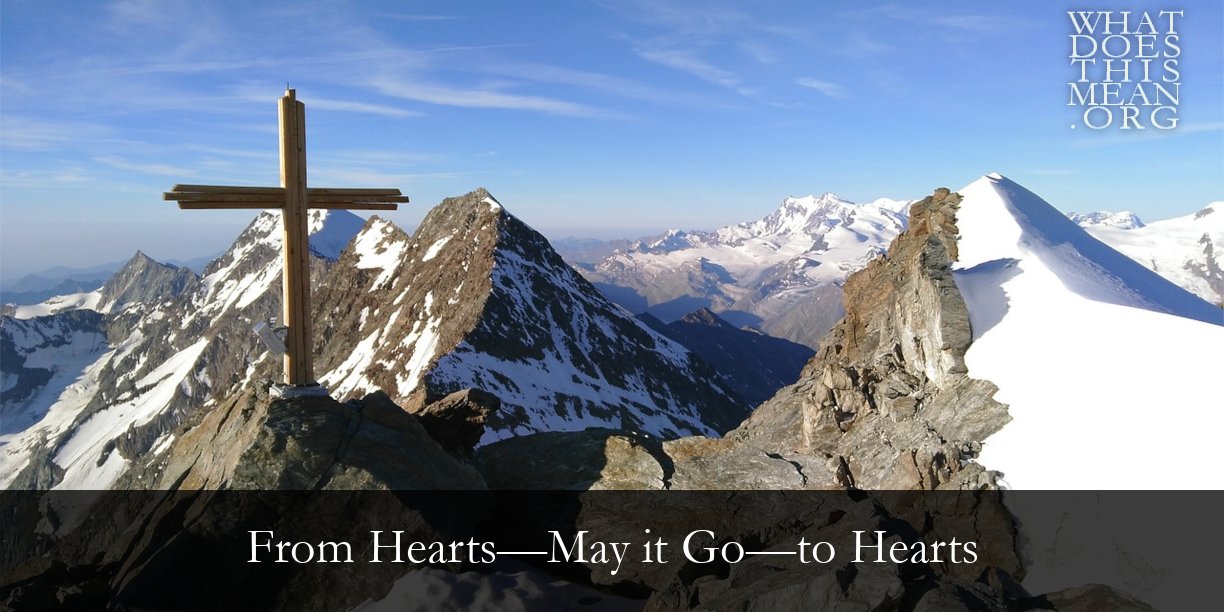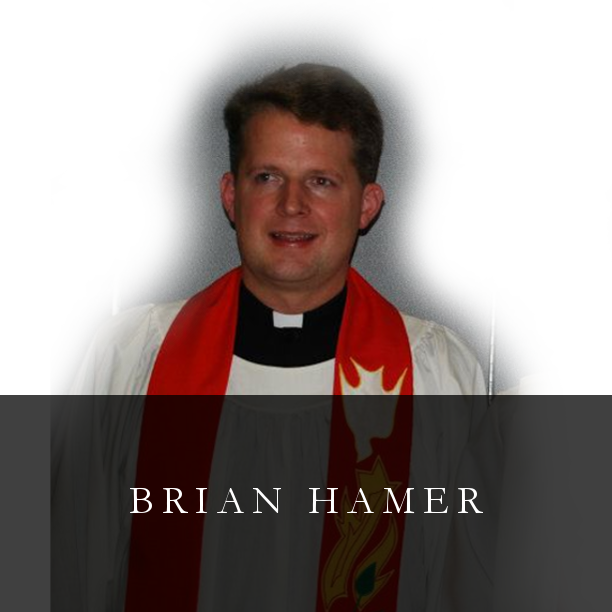The composer, profoundly deaf and in his late 40’s, gave his attention to several other projects, and the date for the installation soon passed. Beethoven did not stop working intermittently on Missa Solemnis until the summer of 1823, but by this time it was well beyond the scope of traditional church music. The resulting 72 minutes of music effectively emerged as what Robert Shaw calls “a gigantic sacred symphony, wherein the symphonic influences are to be found not only in its arching entirety, but within each of the movements themselves” (The Robert Shaw Reader [hereinafter TRSR], p. 159).
The treasures contained in the Missa Solemnis for large chorus, full orchestra, and four soloists are vast and varied. If I could pick one highlight, especially during the end-times section of the church year, it would be et vitam venturi (“and the life of the world to come” in most translations, but more literally “eternal life to come”). This, the last phrase of the Nicene Creed, describes the eschatological hope of the believer here and now. Hebrews 6:4–5 describes believers as those “who have once been enlightened, who have tasted the heavenly gift, and thus shared in the Holy Spirit, and have tasted the goodness of the word of God and the powers of the age to come." The phrase “the powers of the age to come” (virtutesque saeculi venturi) echoes the Hebrew phrase “the coming age,” an ancient Jewish way of describing the Messianic era, the resurrection, and the life of the world to come. In Christian theology, this phrase confesses the God who graciously gives all the gifts of the gospel now, with their fullness yet to be realized in eternity.
According to Keith Burris, Robert Shaw, an icon of choral conducting in the twentieth century, conducted this work an astonishing 70–80 times (Deep River, p. 540). As you listen to the Shaw recording of the Et vitam, I invite you to follow the tempo markings below, the corresponding times from the video, and Shaw’s comments on the music.
| Beginning out of contemplative stillness--and staying there—“the life that is to be” comes into being as a tentative, almost timid questing, as though it were too great a miracle to be conceived—let alone grasped. The first crescendo [is] the first hint of fulfillment, which is, in fact, delayed until the last of the contrapuntal voices has entered—proves to be so much too soon that the music must fall back into its murmuring quest—And when, at last, assurance begins to arrive . . . it is as though awakening life had fueled a faith—rather than that a faith had ensured a life. (TRSR, p. 176). |
| In all of music these pages are unique. The total resources of voices and instruments—as fast and as high as music can fly, as quickly as it can reverse its field, as loudly as it can roar, as abruptly as it can command silence—all are thrown into the vision of the “life to be.” (TRSR, p. 176) |
| The orchestra joins the tapestry of ascending scales and, at the moment of matchless serenity and quietest solemnity, the chorus bursts forth with two shocking, explosive, fortissimo “Amens!”—After which the simple scale moves from the lowest to the highest capabilities of the orchestra, the quartet and the chorus in a final “Amen,” and a solo trombone echoes distantly “et-vi-tam-ven-tu-ri.” (TRSR, p. 177) |
In January 1999 the Master Chorale of Tampa Bay was about to start rehearsing the Missa Solemnis, in preparation for a spring performance with Mr. Shaw. Alas! I still remember where I was when I listened to a voicemail from a friend in my Master Chorale car pool: “Did you hear the news about Robert Shaw?” Indeed, he had passed away quietly while enjoying a play at Yale University, marking the end of an era. But my friend might as well have said, “Did you hear that Mr. Shaw is now enjoying the life of the world to come?”
We went ahead with the performance that spring, dedicated to his memory. We thought about Mr. Shaw, his realization of the fullness of the gospel in the eternal life of the blessed, and his immeasurable contributions to the choral arts. And many of us recalled Beethoven’s dedication of this score (we were instructed to write it into our own copies of the score) and how it had been realized in what Shaw often called “our yard of space—in our inch of time”:
From hearts—may it go—to hearts!
+ + + + + + +
Addendum: Robert Shaw's Choral Workshop on the Missa Solemnis



 RSS Feed
RSS Feed
